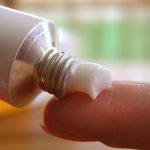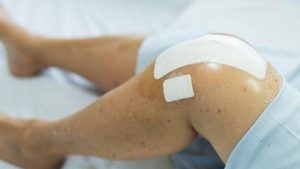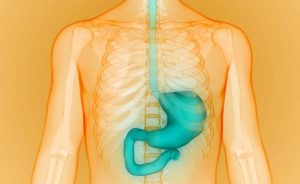
Weight-loss surgery can have a lot of benefits for obese teens and young adults. But a new study finds a concerning side effect. Young people who had sleeve gastrectomy, the most common obesity surgery, also had weakened bones. That doesn’t mean they shouldn’t get the operation, said lead author Dr. Miriam Bredella, a professor of radiology at Harvard Medical School. Rather, the research could lay the foundation for new therapies to target this bone issue, while teens continue to help preserve their bone strength with supplements, a healthy diet and weight-bearing exercise. Although weaker bones can mean higher risk of fractures, obesity is tied to diabetes and heart disease, Bredella said. “Knowing what we know now and in the studies on hormones, maybe this will represent a target for new therapies that can improve bone health,” Bredella said. A growing problem Obesity is a growing problem in the United States, where 22% of 12- to 19-year-olds are obese, according to the U.S. Centers for Disease Control and Prevention. The American Academy of Pediatrics, a leading medical group, recommends that teens with severe obesity be evaluated for metabolic or bariatric (weight-loss) surgery. Also, starting at age 12, kids can be offered weight-loss medication, in addition to recommended lifestyle changes, the academy says. Sleeve gastrectomy works by removing between 75% and 80% of the stomach, restricting how… read on > read on >





































